Children are naturally curious learners. They learn by exploring their environment, touching everything they can reach and trying to figure out how things work. It’s no wonder that the Montessori Method of teaching is so popular among educators! The Montessori Method encourages children to be active learners by allowing them to explore materials on their own. How children learn naturally is encouraged in this educational method.
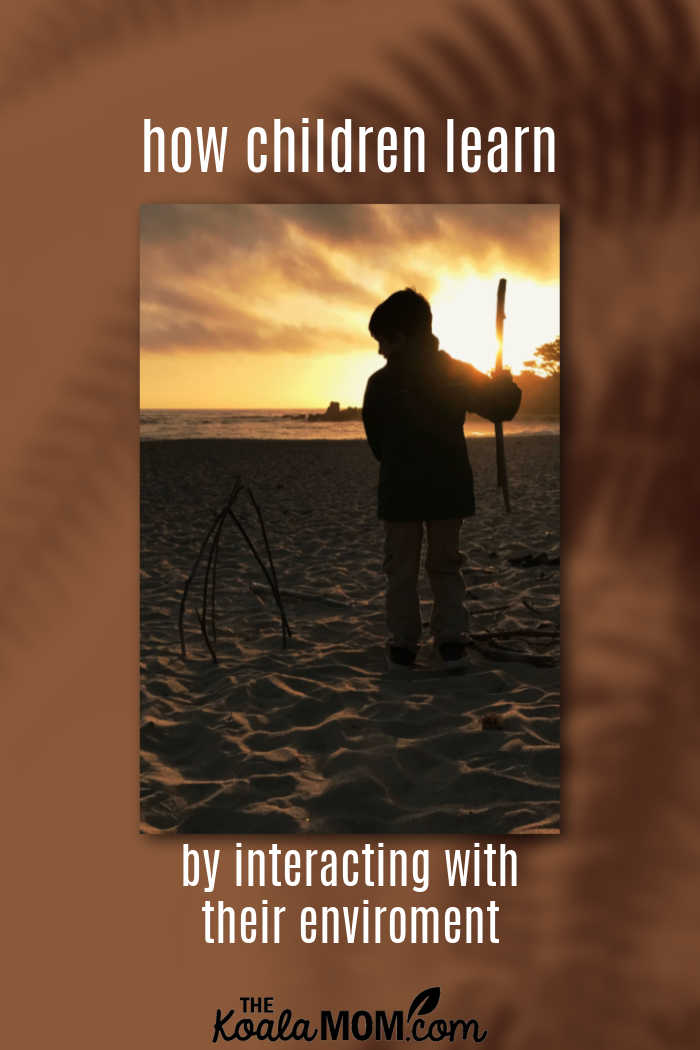
How an Environment Can Influence Learning
An environment can influence learning in many different ways. For example, certain types of materials are best taught at specific times of day to promote concentration and focus. I find mornings work best for our learning time, when the kids are fresh and curious and ready to explore and learn.
Learning is also influenced by the space you use to teach your child. Often, children learn more by exploring their environment. This is because our brains absorb information better when we receive it through more than one sense (sight, sound, touch). It’s essential that we provide opportunities for all multiple senses during lesson times. This is part of why I still read aloud to my children who can read on their own.
Safe, responsive, and nurturing environments are an important part of supporting the learning of young children. These environments must be safe for the child to explore, responsive in that they facilitate a child’s curiosity and desire to learn, and nurturing because it provides an atmosphere of safety that encourages independence and exploration. Exploration and independence helps foster creativity.
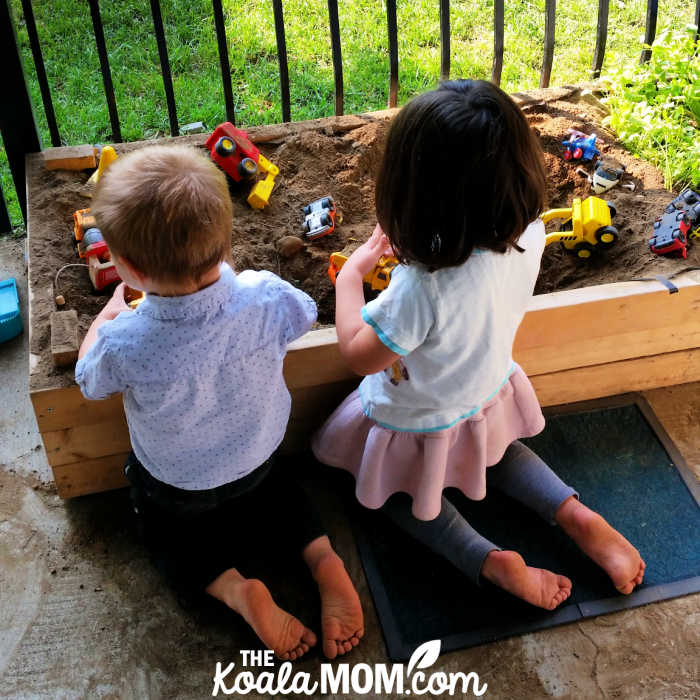
What is Loose Parts Play?
If you haven’t looked into the concept of Loose Parts Play, it’s actually pretty interesting. The concept was created by Doctor Maria Montessori to promote creative play opportunities for children by using found objects and natural materials that everyone has access to.
Loose Parts Play is similar in some ways to “free play” or play-based learning because it allows kids the opportunity to explore without much adult direction. However, unlike free-play, there are specific guidelines about what types of things should be included when setting up loose parts spaces; for example, only natural items (no plastic), not too many pieces at once (so they can’t get overwhelming) and don’t organize them into categories (because you want them all available). Gowrie NSW recommends that natural materials such as pine cones, sticks, rocks and leaves work best for this technique.
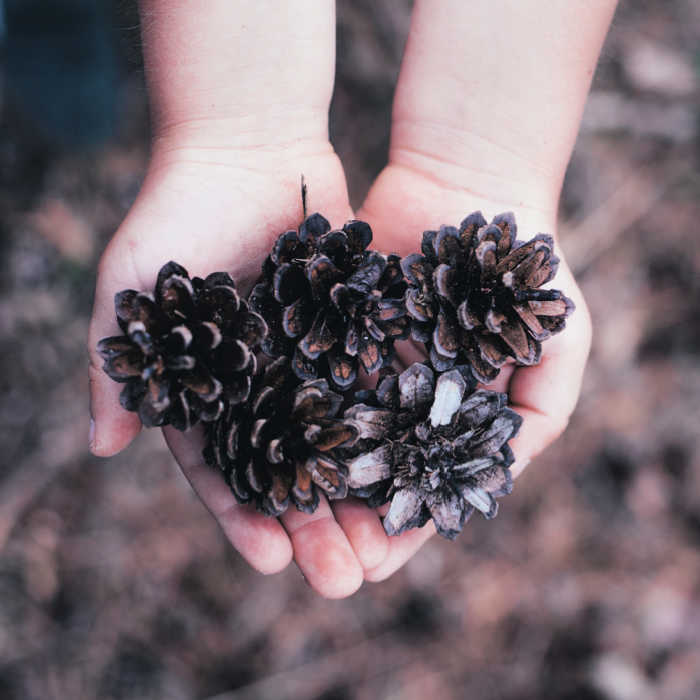
More than once, we’ve been at a playground with plenty of brightly coloured, fun equipment for the kids—slides, swings, climbing walls, monkey bars—and I’ve glanced around to find my kids playing under a tree in the dirt. Even on their own, they gravitate towards simple, natural items in their play. Rocks, sticks, leaves, pine cones, berries and more become their toys of choice as they turn a sheltering pine tree or a stand of bamboo into a fort or fairy wonderland.
So why do these kinds of environments work?
Children learn best when they can explore materials in their own way. Loose parts provide the perfect environment for active exploration. For example, children can build structures with large foam blocks or create ponds using water play equipment. Wooden blocks also provide endless opportunities for imaginative play, as these blocks can be turned into castles to withstand a dragon or roads to drive a race car down.
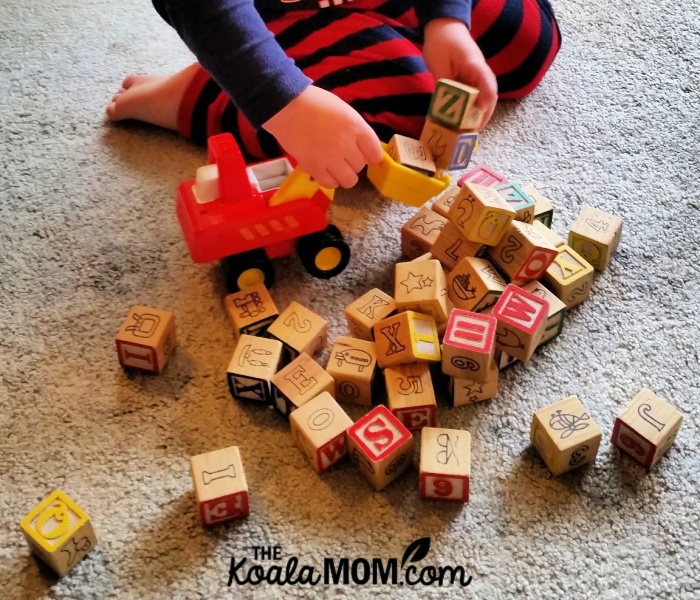
A Montessori classroom is designed so that children of different ages work together on activities side-by-side at tables or “workspaces.” This means that young toddlers get to watch older kids complete puzzles while waiting for an opportunity to have a turn themselves! As students grow older, they will be to take on more challenging tasks. The materials in a Montessori classroom are typically arranged by levels of difficulty, so the student can work through them at their own pace.
Montessori teachers believe that children learn best when they have time to practice skills and concepts over a period of weeks or months while having access to new material all the time. The idea is for students to spend less time reviewing things they already know how to do and more time exploring new ideas without pressure from an adult telling them what’s right or wrong.
Montessori students typically perform better academically, have improved social skills, and are more creative than their peers. Montessori students also tend to have a stronger sense of self-confidence and independence.
Creating a Montessori Classroom at home
If your children are homeschooled, parents can create Montessori classrooms at home! It’s no surprise that many parents choose to implement these techniques in the playroom. You don’t need a lot of money or space either—all you really need is your imagination. Remember, being responsive means adapting to the child’s needs instead of expecting them to adapt to yours. So if your toddler wants nothing but blocks on the floor, then give him or her blocks on the floor!
The homeschool also naturally provides a learning environment in which older children and younger children are working together. More than once, my younger children have watched my older children using pattern blocks for math and then asked to play with those blocks themselves. Or they see their older siblings writing, drawing, reading, and creating and want to do the same. The Montessori Method may make it easier for you to structure your multi-age homeschool and help each child learn, both from you, from each other, and from their environment.
Children learn better when they have the opportunity to explore their environment by themselves. Loose parts play is a great way for kids to experiment with materials and objects, building skills along the way!
What is your child’s style when it comes to learning? Do they need more structure or do you feel that unstructured play time suits them better?
Pine cone photo by Annie Spratt on Unsplash; beach photo by Ariel on Unsplash.

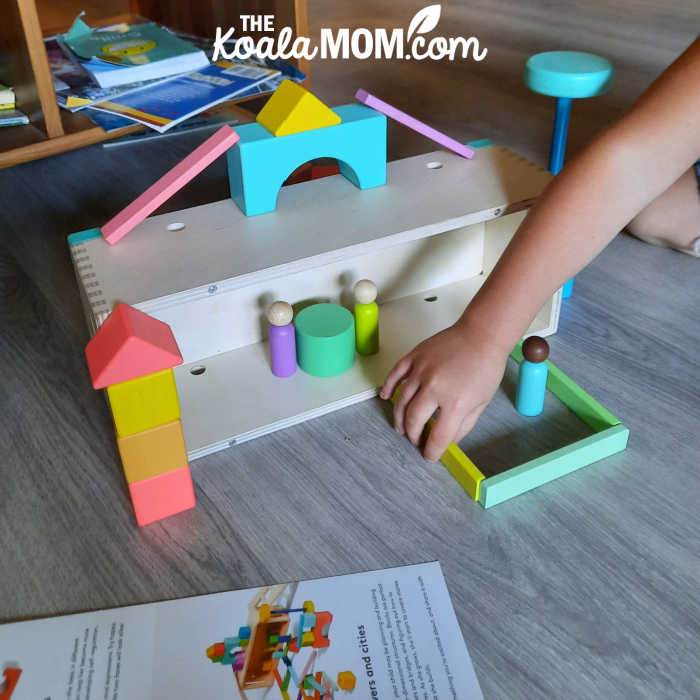
No Responses Yet